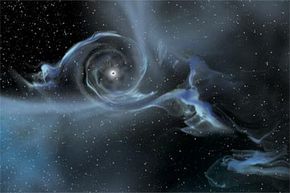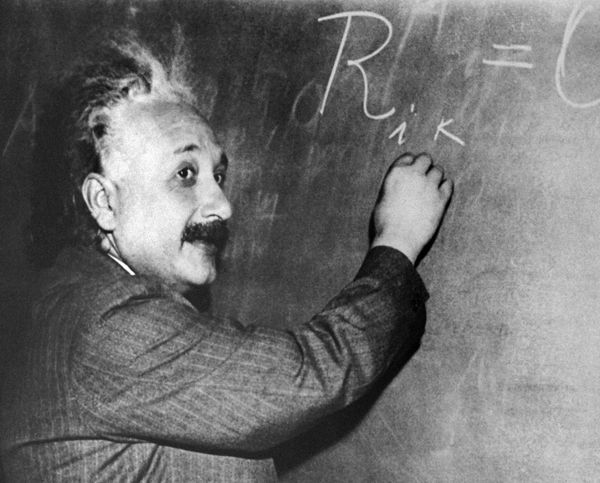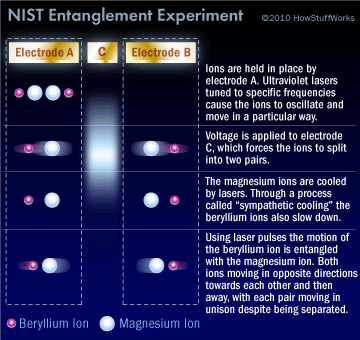More often than not, the questions that come up during the course of the day are ones we can all answer pretty confidently. Have you eaten lunch? Did you hear Taylor Swift's new song? Is it a confessional about a boy she dated once?
But when we begin to ponder the big questions -- the one we tackle today asks if quantum mechanics and general relativity can ever be reconciled -- our self-assurance plummets. Doesn't quantum mechanics have something to do with planets? Is general relativity the one with energy equaling mass times the velocity of light squared? Wait, was that mass or motion? Or minutes. It's minutes, isn't it?
Advertisement
No fear. Although this question is extremely difficult to answer, the question itself is as simple as deciphering a pop star's lyric. Before we begin solving the unsolvable universe, let's break down the components.
First let's tackle quantum mechanics. And it's a good place to start, because it's the study of something extremely small -- matter and radiation at the atomic and subatomic levels. It was really only when scientists began understanding atoms that regular old physics needed a bit of an amendment. Because as scientists looked at atoms, they didn't behave as the rest of the universe did. For instance, electrons didn't orbit the nucleus like a planet orbiting the sun -- if so, they would've careened into the nucleus [source: Stedl].
It became clear that classical physics didn't cut it on an atomic scale. So quantum mechanics arose out of a necessity to understand how very small phenomena acted differently than the Big Things in science. What we discovered was that something like a photon could act as a particle (which carries mass and energy) and a wave (which carries only energy). This is a big deal -- it could be two things at once. And it means that the smallest parts of the universe fluctuate dramatically, and with no way of knowing the particular location at any time.
Advertisement




